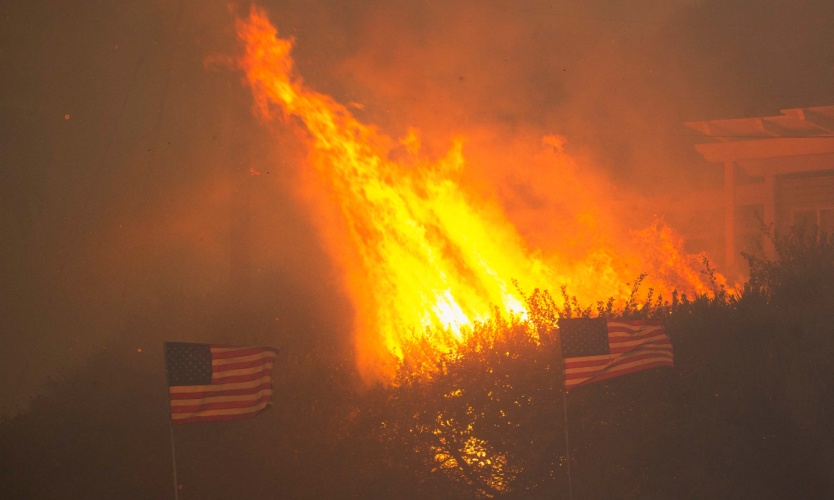Insurers, reinsurers unmoved by first-half cat losses
- June 28, 2025
- Posted by: Web workers
- Category: Finance

Commercial insurers and reinsurers handled elevated first-half natural catastrophe losses in stride, with the claims having had little effect on the generally softening property market, sources said.
Midyear July 1 reinsurance renewals, which focus substantially on U.S. wind exposures, remained softer for property insurance portfolios, and some cedents bought higher cat limits.
“First-half catastrophe losses have been readily absorbed as a result of the industry’s strong capital position,” said Tana Marcom, Chicago-based senior director for Fitch Ratings.
Fitch estimates $50 billion in first-quarter losses to U.S. P/C insurers. The Palisades and Eaton wildfires in California in January resulted in approximately $38 billion in losses, with the remainder attributed primarily to severe convective storms.
As a result, the industry reported a first-quarter combined ratio of 98.8%, up 4.8 percentage points from the same period last year. Annual convective storm insured losses have exceeded $50 billion in the past two years.
“Despite a costly first half for insurers in the property space, the industry proved resilient and able to absorb the losses,” said Steve Bowen, chief science officer at Gallagher Re. “Record levels of reinsurance capital has left the industry in a healthy position as we head towards peak Atlantic hurricane season.”
Gallagher Re, the reinsurance brokerage of Arthur J. Gallagher Co., pegged first-half natural catastrophe losses at $84 billion in a report July 16, compared with $61 billion in the first half of 2024.
A recent report from Munich Re estimated first-half natural disaster insured losses at $80 billion, up from $64 billion in 2024 and “significantly higher” than the average for the previous 10 years and the previous 30 years.
Weather disasters accounted for 98% of insured losses, while earthquakes accounted for the remaining 2%, according to the Munich Re report.
The insurance industry’s view of the risk and its ability to absorb growing losses has shifted significantly, Mr. Bowen said.
In the second half, insurers’ attention turns toward the Atlantic hurricane season, where a single event potentially could disrupt the market. Fitch estimates that a direct hurricane hit to Miami could generate over $100 billion in losses.
“As we head into the heart of hurricane season, some insurers will definitely be watching things more closely as they have already exhausted a significant portion of their cat loads for the year,” Ms. Marcom said.
An Atlantic hurricane season without substantial losses is unlikely to move the market and would further strengthen the insurance sector’s capital position.
“While first-half losses did erode a notable portion of catastrophe budgets, it would still likely require a singular event exceeding $75 billion to $100 billion to meaningfully influence the market,” Mr. Bowen said. “If we end 2025 with relatively light losses, the expectation is we’ll enter 2026 with even more available reinsurance capital.”
Continued population shifts into areas with higher risk for tropical cyclones, convective storms and wildfires put more people and properties in the path of the storms, said Mark Bove, Princeton, New Jersey-based meteorologist and natural catastrophe solutions manager for Munich Re America.
“We build suburbs and exurbs that create more targets for convective storms when they hit,” Mr. Bove said, adding there is little evidence or data to suggest these trends will change.
“Twenty years ago, what was an open field in Texas where cattle or other things were grazing is now a multimillion-dollar development with 200 homes each worth over a million dollars,” he said.



